Description
For 183 days from March 15 to September 13, 1970, Suita City in Osaka hosted the first World Expo in Japan and the first in Asia. The theme of the expo was “Progress and Harmony for Mankind,” and it was an unprecedented large-scale exposition. It was a symbolic event for postwar Japan, which had recovered from a defeated country through high economic growth. The baby boomer generation may be able to link their memories of the Expo with their own memories of that time. Mary Hopkin came to Japan to perform at the Expo. Mary Hopkin was the first to sign a contract with Apple Records, which was established by the Beatles. As a result, Paul was actively involved in everything from providing songs to producing and promoting her. Thanks to this, the lead single “Sad Angel” became a hit in the UK and the US, and her first album “Postcards” featured a lineup of luxurious guest works that were hard to believe for a newcomer, and Mary Hopkin became an instant star. However, Paul and Mary’s honeymoon came to an end in 1970. Following “Sad Angel” and “Goodbye”, Paul prepared “Que Sera Sera”, which Doris Day had sung, for the third single. Moreover, Paul added a new refrain that was not in the original, which would have made Yasunori Kawauchi furious, and recorded it. Mary Hopkin was not happy with the finished product, and the third single was changed to a different song by a different producer. After this, Paul lost interest in Mary Hopkin. It was during this time that Mary Hopkin came to Japan. On July 1, 1970, Mary Hopkin arrived at Haneda Airport four hours later than scheduled. She appeared at the airport with a large number of fans waiting for her, and also held a simple press conference at the airport. After spending a night in Tokyo, she moved to Osaka the next day, the 2nd, and held another press conference. On the same day, she immediately started rehearsing at the venue, the Expo Hall. On July 3rd, she enjoyed a full day off sightseeing in Kyoto, and then held a four-day concert from July 4th to 7th. The program from that time states that seven performances will be held over these four days. There may have been two performances a day, or one performance a day, but since there are no further records, the details are unknown. Luckily for fans, Mary Hopkin’s live performance at the Osaka Expo was already broadcast on television on July 12th, just after Mary left Japan. It is also unclear which performance was filmed on which day, but the interviews in between make it a valuable record of the time. And since it was 1970 before the advent of home video, it seems that the television station has not kept any footage of the broadcast to this day. This work, which was recorded by a fan at the time and only the audio from the television broadcast, is the only live performance of Mary Hopkin’s Osaka Expo that can be heard today. On the broadcast, it is structured as if the first song was “Lights and Shadows of Youth,” but in reality, “Joys of Love” was the opening number. It was a luxurious stage with a real live orchestra backing her up, which must have been a first experience for Mary. This song, “The Light and Shadow of Youth,” became the title of the movie of the same name and became a hit, but Mary herself only performed it live and never officially recorded it. The second song, “The Door of Happiness,” is also sung lightly with an orchestra backing her up. “Puppy Song” is the only song performed from her first album, “Postcards.” “Dona Dona” is the original version of “A Calf is Being Sold.” From here, the cover songs continue. Three Beatles songs are used: “With a Little Help From My Friends,” “Yesterday,” and “In My Life.” The male duo Gallagher & Lyle, who were also Apple artists, accompanied Mary on her Japan tour and were introduced on stage. The concert ended with “Goodbye” and “Sad Angel,” which were probably the most well-known songs at the time and even now. There seems to have been no encore. As a bonus track, Mary Hopkins’ live recordings are included in the second half. These are live recordings from her TV appearances from 1969, when she debuted, to 1983. Looking at it this way, if they were to perform one or two songs in a limited time, I wonder if they would be asked to perform “Sad Angel”. This song is now something like “Love Will Win” or “Cotton Handkerchief” to Mary Hopkin. As the times have changed, the arrangements and singing of the same song have changed, so it is fun to enjoy the differences. In particular, Mary’s “Sad Angel” in 1983, when she was 33 years old, is a mature and wonderfully moving performance, so please listen to it. This is a soundboard recording of Mary Hopkin’s performance in Japan when she came to Japan for the Osaka Expo in 1970. Since no records have been kept, the details of how long the actual concert was, what songs were played, and in what order they were played are still unknown. This is all that remains of the live performance from that time. In 1970, when Japan was on a roll with its high economic growth, this was the stage for the Expo, the largest national project in the history of the postwar Showa era, along with the Olympics. It can be said to be a valuable record. EXPO HALL OSAKA JAPAN July 1970 01. Introduction 02. Both Sides Now 03. Knock Knock Who’s There 04. You’re Everything To Me 05. The Puppy Sung 06. Dona Dona 07. With A Little Help From My Friends 08. The House Of The Rising Sun 09. Interview #1 10. Yesterday 11. In My Life 12. Light In The City 13. Interview #2 14. Plaisir D’Amour 15. Temma Harbour 16. Goodbye 17. Those Were The Days 18. Outroduction EXTRA LIVE PERFORMANCES 1969 – 1983 19. Knock Knock Who’s There Eurovision 1970 20. Goodbye ABC Blackpool 1970 21. Those Were The Days Tom Jones TV Show 1969 22. Those Were The Days Vivid Live 1969 23. Those Were The Days French TV 1969 24. In My Life US TV 1969 25. Jefferson 1971 26. Those Were The Days 1983
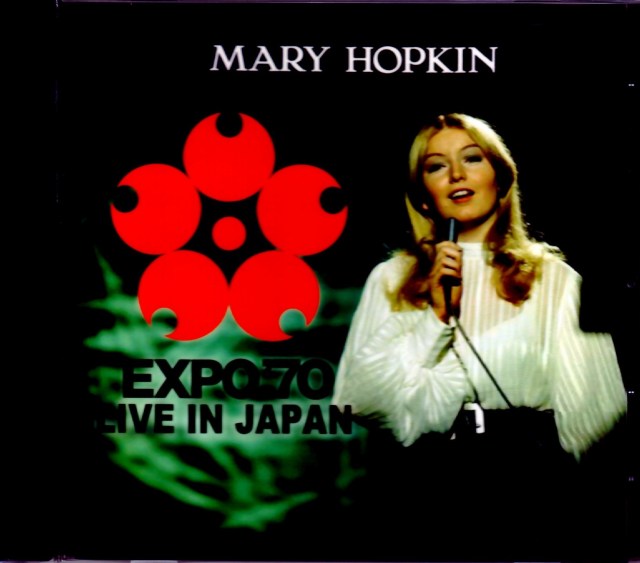

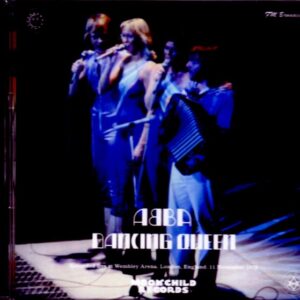
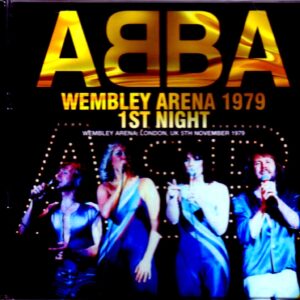
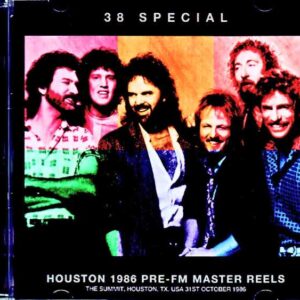
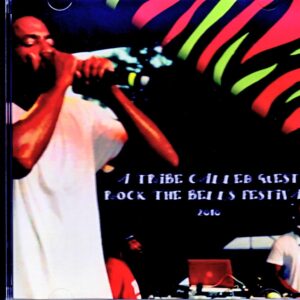
Reviews
There are no reviews yet.